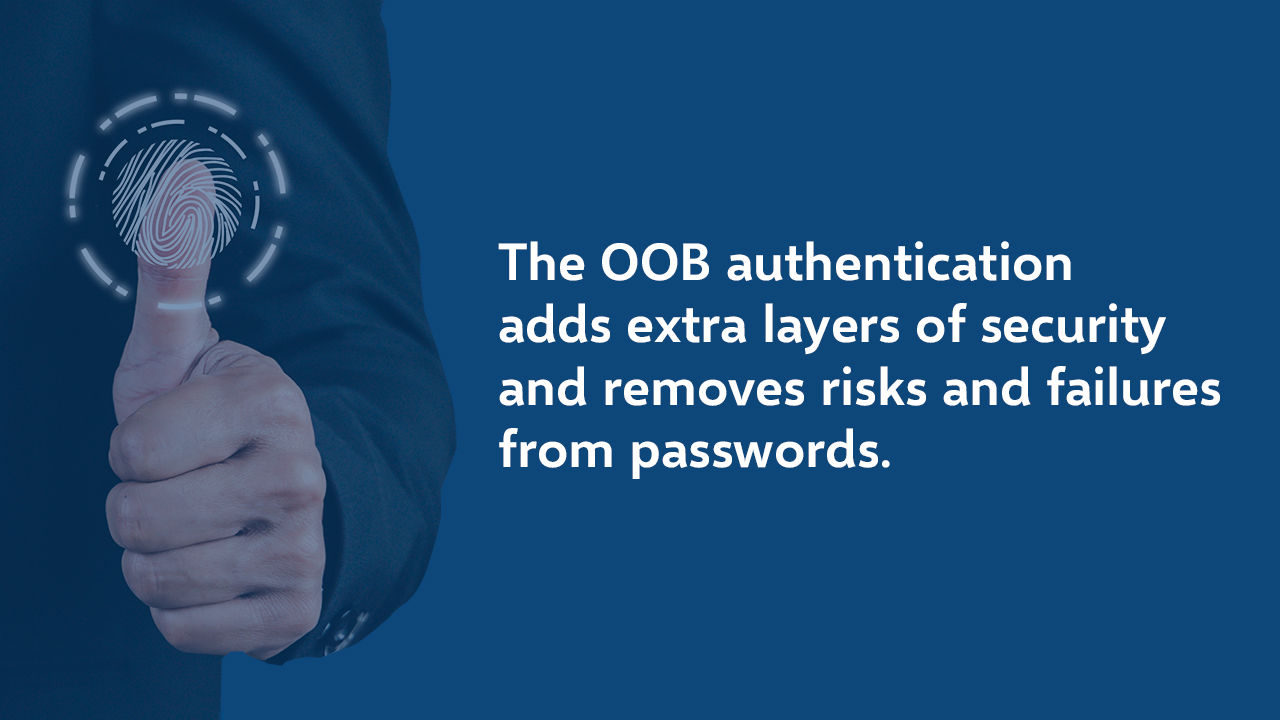Making payments invisible and instant with the support of secure digital payment solutions will dramatically change the overall customer experience in eCommerce. Authentication is a critical step of any online payment process. Undoubtedly, it’s a thing that it is here to stay. But what kind of authentication would fit the demands of all players?
As of today, two major authentication methods affect and significantly contribute to enhancing the overall eCommerce user experience, Risk-Based Authentication (RBA), enabling frictionless flows, and Out-of-Band (OOB). With RBA, the consumer is authenticated silently in the background. A risk tool compares the payment with previous shopping data within milliseconds. Out-of-Band adds another layer of security, bringing maximum safety and the highest user experience. The consumer confirms the payment on its device with a single click.
Think about combining RBA and OOB; the authentication experience is compelling.
Statista reports that the main authentication factors used by companies in financial services worldwide in 2022 are still the password, the security question, the SMSs and OTP and of course biometrics.” The most important reason why companies worldwide deploy passwordless authentication methods is due to better security. Additionally, 24 percent of respondents stated that passwordless authentication provided a much better user experience.
What are the main concerns of a cardholder while making online payments?
The same Statista reports share that with the rise of the home office, it’s no surprise that passwordless authentication is gaining traction. In 2022, 82 per cent of respondents mentioned increased security as the main advantage of passwordless multi-factor authentication, while another 67 mentioned its improved user experience.
This trend can be well understood, having in mind the various challenges consumers face with traditional authentication methods like OTP via SMS, passwords or OTP via Hardware Token. You forget a password or PIN if you don’t use it daily. You can’t shop if the hardware token is at home while you are somewhere else. SMSs are sometimes not received or arrive delayed. You enter the wrong OTP if requested and delivered several times, or you might even have been a victim of SIM-swapping and fraud.
How is OOB addressing these concerns?
OOB enables consumers to strongly authenticate and confirm their purchases through their mobile devices with just one click. As the authentication happens fully out-of-band and with multiple factors (possession + biometry), it significantly boosts security while eliminating the need to remember static passwords or enter one-time passwords and security questions/answers.
Traditional authentication methods don’t protect as securely when cybercriminals seek critical consumer data. This leaves us open to thieves who want to steal our data and personal information if we don’t use 2FA (two factor authentication) security.


